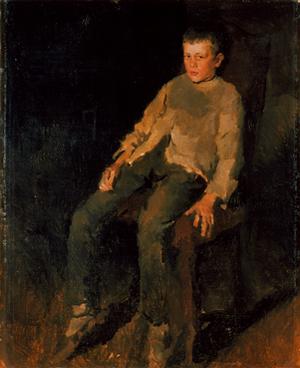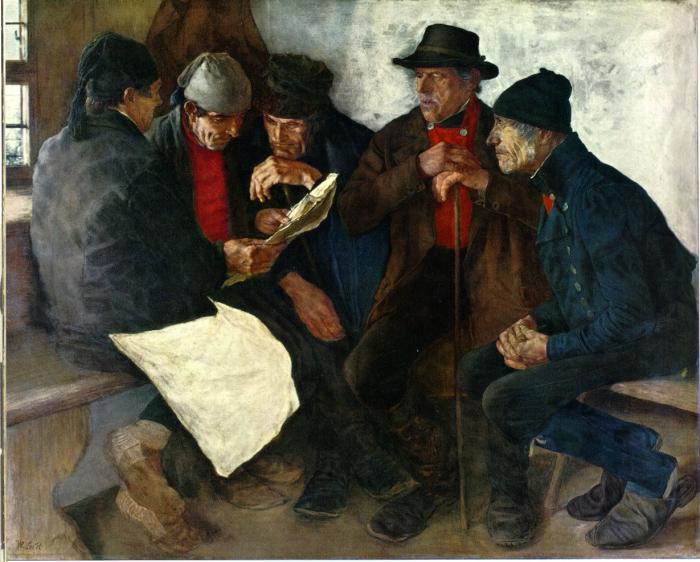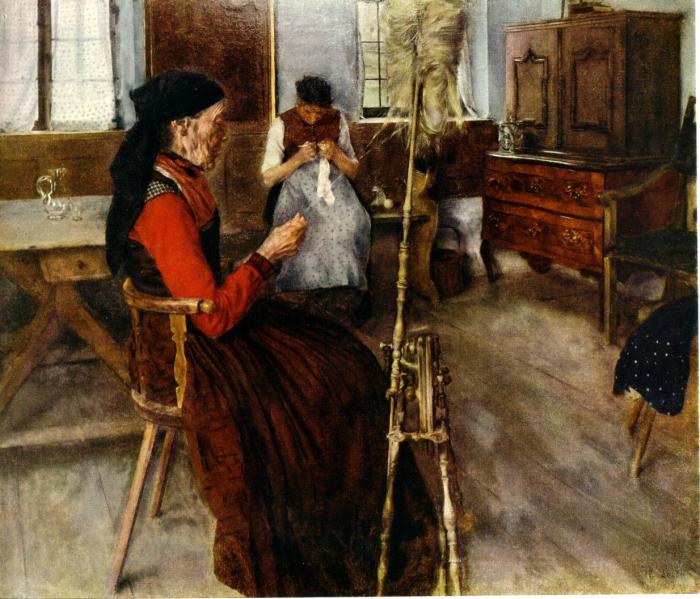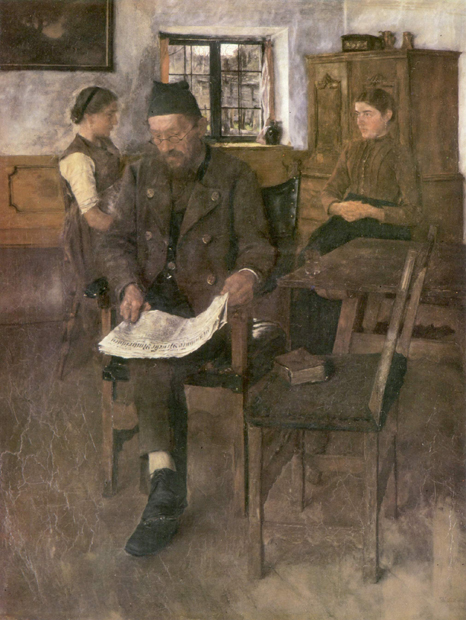Wilhelm Leibl (1844 -1900)
Get a Leibl Certificate of Authenticity for your painting (COA) for your Leibl drawing.
For all your Leibl artworks you need a Certificate of Authenticity (COA) in order to sell, to insure or to donate for a tax deduction.
Getting a Leibl Certificate of Authenticity (COA) is easy. Just send us photos and dimensions and tell us what you know about the origin or history of your Leibl painting or drawing.
If you want to sell your Leibl painting or drawing use our selling services. We offer Leibl selling help, selling advice, private treaty sales and full brokerage.
We have been authenticating Leibl and issuing certificates of authenticity since 2002. We are recognized Leibl experts and Leibl certified appraisers. We issue COAs and appraisals for all Leibl artworks.
Our Leibl paintings and drawings authentications are accepted and respected worldwide.
Each COA is backed by in-depth research and analysis authentication reports.
The Leibl certificates of authenticity we issue are based on solid, reliable and fully referenced art investigations, authentication research, analytical work and forensic studies.
We are available to examine your Leibl painting or drawing anywhere in the world.
You will generally receive your certificates of authenticity and authentication report within two weeks. Some complicated cases with difficult to research Leibl paintings or drawings take longer.
Our clients include Leibl collectors, investors, tax authorities, insurance adjusters, appraisers, valuers, auctioneers, Federal agencies and many law firms.
We perform Wilhelm Leibl art authentication, appraisal, certificates of authenticity (COA), analysis, research, scientific tests, full art authentications. We will help you sell your Wilhelm Leibl or we will sell it for you.

Wilhelm Leibl was a German realist painter of portraits and scenes of observed life. Leibl was born in Cologne and in 1861 began his first training with Hermann Becker, a local painter. He entered the Munich Academy in 1864, subsequently studying with several artists including Carl Theodor von Piloty. He set up a group studio in 1869, with Johann Sperl, Theodor Alt, and Rudolf Hirth du Frênes. At about the same time, Gustave Courbet visited Munich to exhibit his work, making a considerable impression on many of the local artists by his demonstrations of alla prima painting directly from nature. Leibl’s paintings, which already reflected his admiration for the Dutch old masters, became looser in style, their subjects rendered with thickly brushed paint against dark backgrounds. Later in 1869, Leibl went to Paris for a nine month stay during which he met édouard Manet.

Upon his return to Germany, Leibl lived in Munich until 1873, when he moved to the isolated Bavarian countryside. Living among peasants, he depicted his neighbors in everyday scenes devoid of sentimentality or anecdote. The sketchlike quality of his painting was replaced by greater precision and attention to drawing. Living from 1878 to 1882 in Berbling, he painted perhaps his best-known work, the Three Women in Church (Kunsthalle, Hamburg). Its intensely realistic style recalls Hans Holbein in its clarity of definition. During the following years he moved to the town of Aibling and, in 1892, to Kutterling, as his paintings united the disciplined drawing he had adopted in the 1880s with a new delicacy and luminosity.

Leibl painted with no preliminary drawing, setting to work directly with color, an approach that has parallels to Impressionism. His commitment to the representation of reality as the eye sees it earned him recognition in his lifetime as the preeminent artist of a group, including Carl Schuch, Wilhelm Trübner, and Hans Thoma, whose works are described as being of the Leibl-Circle.

He executed a small number of etchings in a meticulous style. His charcoal drawings are conceived in great masses of light and shadow, blocked in as though he were using a brush and paint. Leibl continued painting until his death in Würzburg in 1900. Still wondering about a German painting in your family collection? Contact us…it could be by Wilhelm Leibl.
